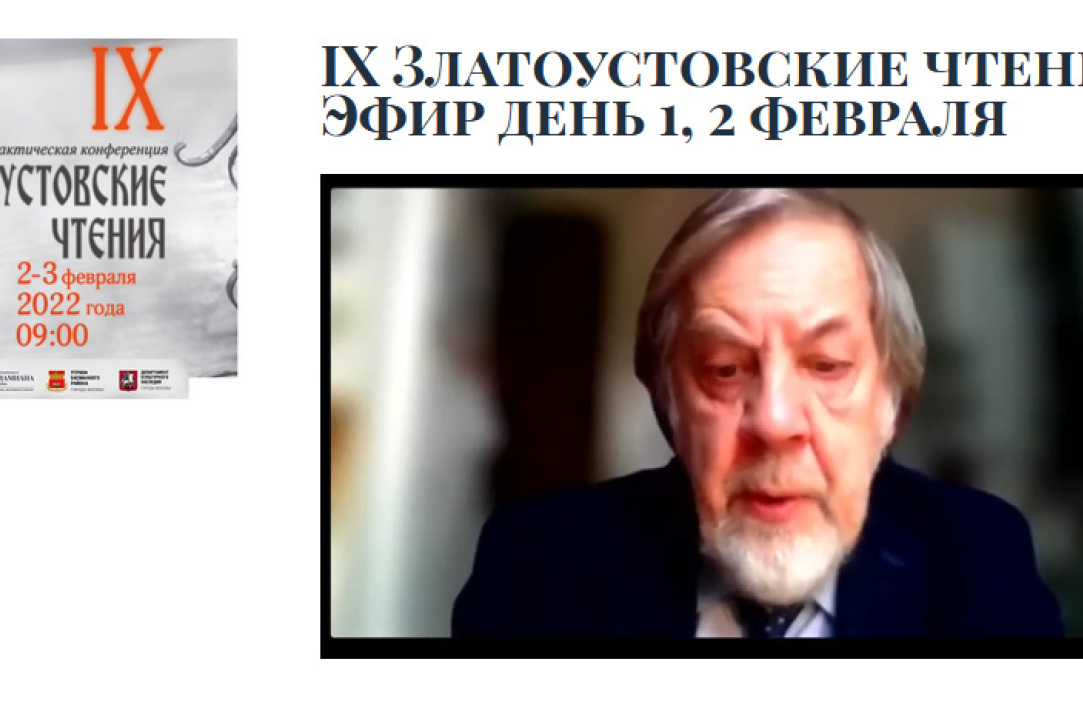How to Improve Zlatoust Monastery? Report by Pavel Shulgin
On February 2 and 3, the IX Zlatoust Readings were held in Moscow – a scientific and practical conference dedicated to the history of one of the oldest monasteries in Moscow, destroyed in the 1930s. At the plenary part of this conference, the report of the head of the Centre for Regional Programmes of Social and Cultural Development of the Institute for Social Policy Pavel Shulgin "Proposals for the further development of the landmark "Zlatoust Monastery" was presented.

The Zlatoust Monastery can be called a unique phenomenon in museum practice and the practice of protecting cultural heritage objects. This is a destroyed and non-existent object (only small fragments of the old building have been preserved), but at the same time it has received a protected status for the historical monastery territory and the approved boundaries of the landmark.
The report considered the issues of organizing and preserving the historical monastery territory, but at the same time more general recommendations were substantiated for the museification of the vast historical Moscow territory from Myasnitskaya Street to Solyanka and the creation here of a specific open-air museum of Moscow history and a unique tourist and excursion route through historical Moscow.
Such an approach involves giving a special status to such areas of concentration of cultural heritage - unique historical and cultural territories, and can become a kind of breakthrough in the preservation and use of cultural potential.
Zlatoust Monastery is located next to the main buildings of the Higher School of Economics, and specialists of the National Research University could provide consulting assistance in identifying and preserving the heritage of the historical monastery complex.
The paper was prepared in the framework of a research grant funded by the Ministry of Science and Higher Education of the Russian Federation (grant ID: 075-15-2020-928). Scientific project "Atlas of Cultural Heritage"
